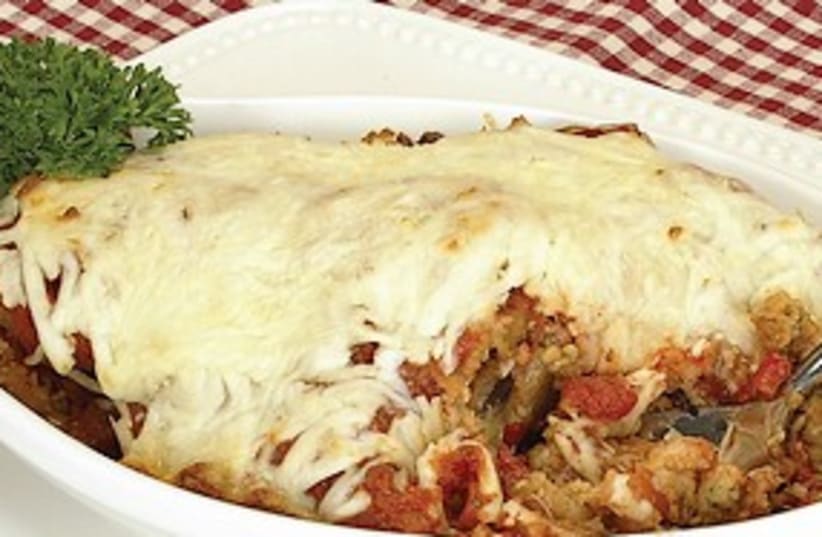Allon Reuven The color of the yolk is determined by the chicken feed. A hen that eats a wheat-based diet produces eggs with light-yellow yolks. A hen that consumes a corn or alfalfa-based diet produces eggs with dark-yellow yolks. Yolk color is not considered by most sources to be an indicator of nutritional value, but others contend that the deeper rich colors contain more antioxidants.When grains stick to the inside of jars or there are little “strings” it means that the grains are spoilt and I throw them out. But sometimes I just see a powdery substance at the bottom of the jars but the grains do not stick to the sides. Is this also a sign that the grains have gone bad? Miriam Solovicksky A powdery substance that sticks to the bottom of the jar even when you turn it upside down is a sign of deterioration and the beginning of infestation. When you transfer grains to glass jars, label the jar with the last day of purchase and the date you put it in a jar.■ More of Phyllis Glazer’s recipes will be given at a midweek workshop at Amirei Hagalil in March. For info and registration (until January 30), contact RandRTOURS@gmai.com
Almonds on my mind
The Israeli variety in particular are regarded as having healing properties.

Allon Reuven The color of the yolk is determined by the chicken feed. A hen that eats a wheat-based diet produces eggs with light-yellow yolks. A hen that consumes a corn or alfalfa-based diet produces eggs with dark-yellow yolks. Yolk color is not considered by most sources to be an indicator of nutritional value, but others contend that the deeper rich colors contain more antioxidants.When grains stick to the inside of jars or there are little “strings” it means that the grains are spoilt and I throw them out. But sometimes I just see a powdery substance at the bottom of the jars but the grains do not stick to the sides. Is this also a sign that the grains have gone bad? Miriam Solovicksky A powdery substance that sticks to the bottom of the jar even when you turn it upside down is a sign of deterioration and the beginning of infestation. When you transfer grains to glass jars, label the jar with the last day of purchase and the date you put it in a jar.■ More of Phyllis Glazer’s recipes will be given at a midweek workshop at Amirei Hagalil in March. For info and registration (until January 30), contact RandRTOURS@gmai.com